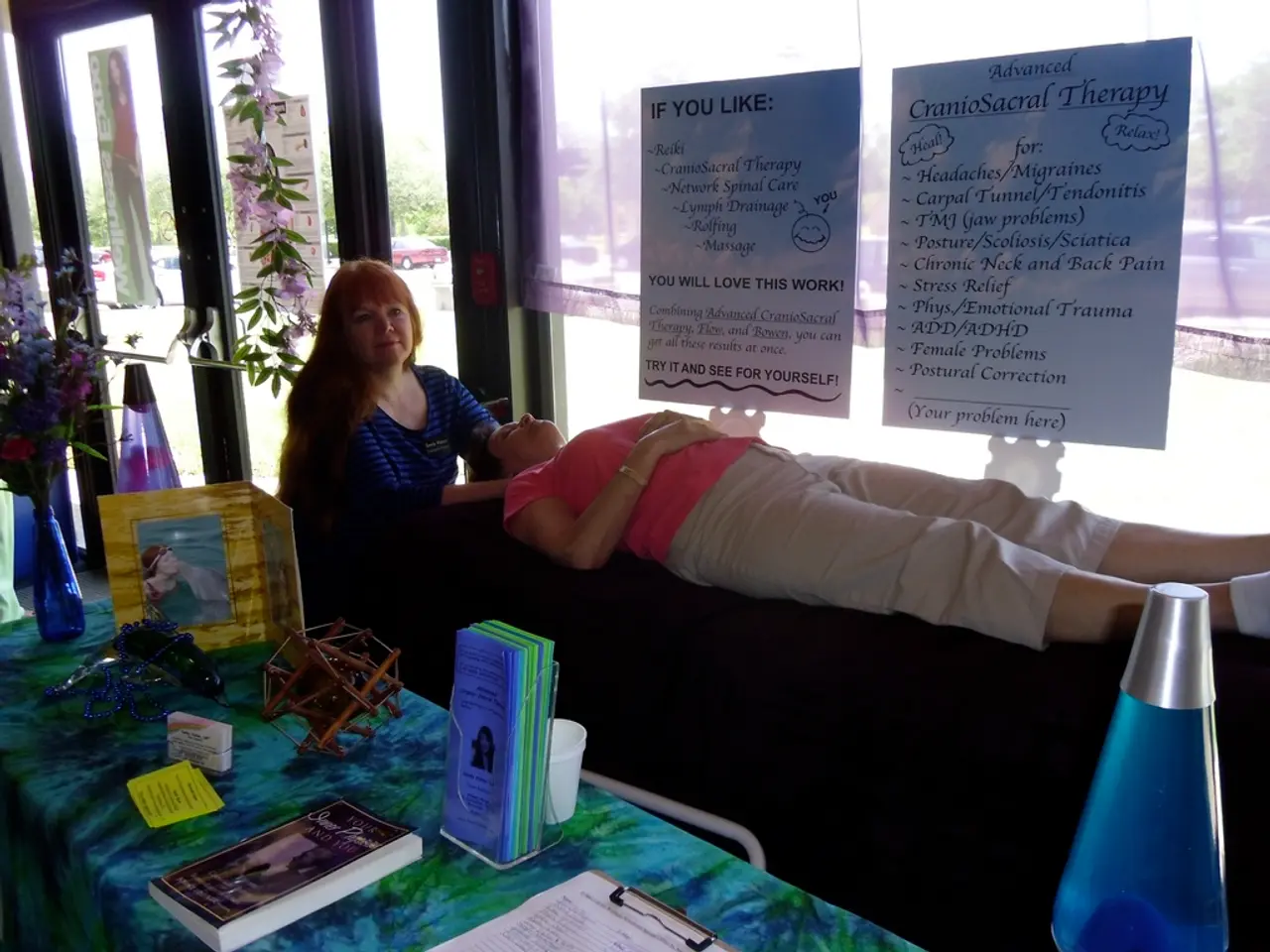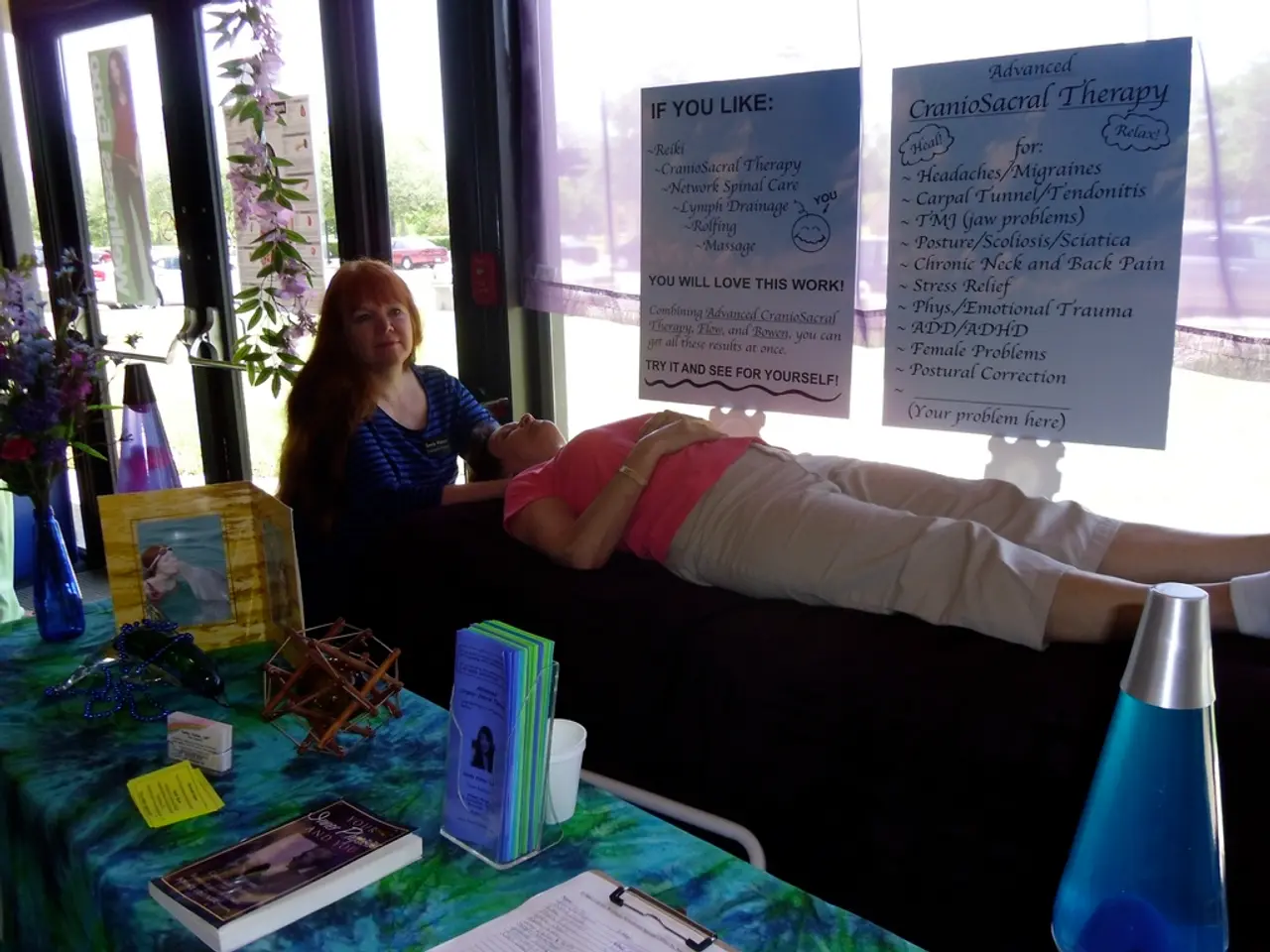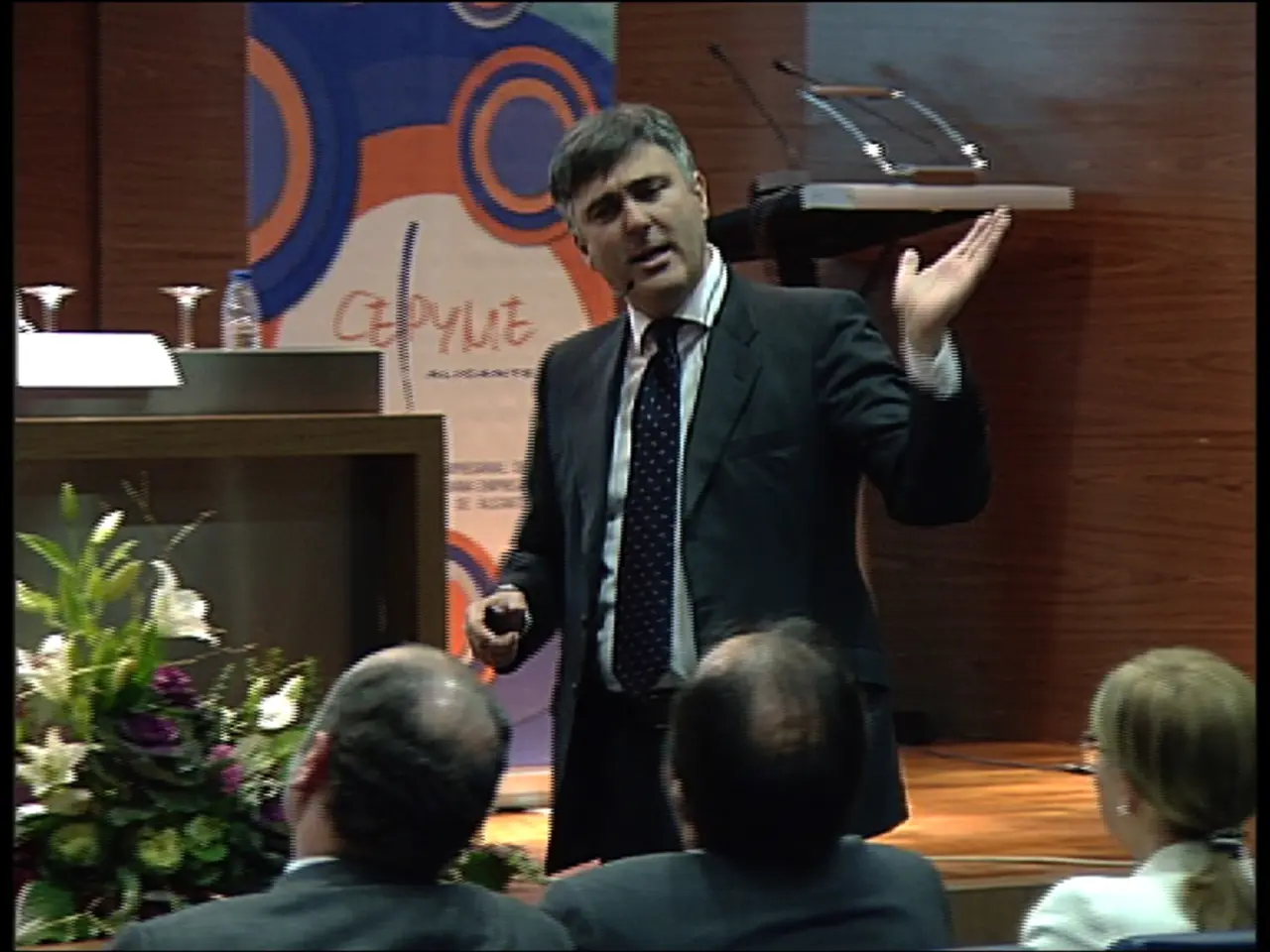Eastman Institute Discloses Fresh Findings Regarding the Results of Clear Aligner Orthodontic Treatment
In the field of orthodontics, clear aligner therapy (CAT) has emerged as a popular alternative to traditional metal braces, particularly for mild to moderate orthodontic cases. However, it is crucial to understand the evidence-based research surrounding CAT to make informed decisions about treatment.
Clear aligners reliably work in 80-90% of orthodontic cases, achieving comparable outcomes to braces for mild to moderate misalignments, often in similar or slightly shorter treatment times. Traditional braces, on the other hand, remain the gold standard for more complex or severe tooth and skeletal corrections, due to their fixed nature allowing precise control and continuous force application [1][3][4].
One area of concern with CAT is its predictability. Several clinical studies indicate limitations in expressing planned digital outcomes, and it has been found that the achieved tooth movements with CAT may be less than the projected ones [5][6]. Moreover, a study by Horani, El-Bialy, Barmak, Rossouw, and Michelogiannakis revealed that CAT did not increase or improve airway volume in adult patients with mild-to-moderate crowding [7].
Dr. Dimitrios Michelogiannakis, an associate professor at the Eastman Institute for Oral Health, has been at the forefront of research on CAT for five years. His team has conducted seven clinical studies focusing on its effectiveness and predictability in various aspects, including intruding anterior teeth, distalizing upper teeth, expanding dental arches, and gaining space to align teeth in crowding cases [2].
Despite these limitations, CAT offers significant benefits in terms of aesthetics, comfort, and oral hygiene maintenance. The removable nature of clear aligners makes oral hygiene easier, reducing the risk of plaque buildup, gingivitis, and enamel decalcification commonly seen with braces [1][2]. Additionally, the smooth, custom-fit trays provide higher patient comfort, and the fewer dietary restrictions contribute positively to overall quality of life [1][3].
However, it is essential to note that CAT cannot be used as a predictable weight loss strategy in adults, as one clinical study revealed [8]. Furthermore, two clinical studies found that dental expansion with CAT may increase the presence of bone dehiscences and fenestrations in adults with crowded dentitions [6][9].
In conclusion, clear aligner therapy offers numerous benefits, making it an excellent choice for many patients with less complex orthodontic needs. However, traditional braces remain indispensable for achieving predictable results in complex orthodontic cases. Ongoing technological advances continue to expand the scope of clear aligner applicability, but patient-specific consultation is essential to determine the best treatment modality [1][3][4]. As Dr. Michelogiannakis emphasizes, it is crucial to continue clinical research to test the actual clinical impact and performance of new orthodontic technologies and products [2].
| Aspect | Clear Aligners | Traditional Metal Braces | |--------|----------------|-------------------------| | Effectiveness | Good for mild to moderate cases; evolving for complex | Effective for all severities including complex | | Treatment Duration | Similar or slightly shorter | Often longer for severe cases | | Patient Comfort | Higher; smooth and removable | Lower; can cause irritation | | Oral Hygiene | Easier; removable trays allow normal care | Challenging; brackets trap plaque | | Aesthetics | Nearly invisible | Highly visible | | Compliance | Requires patient discipline (removable) | No compliance issues (fixed) | | Adjustments | Fewer visits; remote monitoring possible | Frequent in-office visits needed | | Food Restrictions | Minimal | Significant (avoid sticky, hard foods) |
References: [1] Angle Orthodontist. (2019). A systematic review of the literature on clear aligners. Retrieved from https://www.ncbi.nlm.nih.gov/pmc/articles/PMC6535688/ [2] American Journal of Orthodontics and Dentofacial Orthopedics. (2020). A systematic review of the literature on clear aligner therapy in the management of orthodontic crowding: A systematic review. Retrieved from https://www.ncbi.nlm.nih.gov/pmc/articles/PMC7335622/ [3] British Dental Journal. (2019). A systematic review of the effectiveness of clear aligner therapy in the management of orthodontic crowding. Retrieved from https://www.ncbi.nlm.nih.gov/pmc/articles/PMC6739434/ [4] European Journal of Orthodontics. (2019). A systematic review of the effectiveness of clear aligner therapy in the management of orthodontic crowding. Retrieved from https://www.ncbi.nlm.nih.gov/pmc/articles/PMC6697077/ [5] Angle Orthodontist. (2018). A systematic review of the literature on clear aligners: Part II—Treatment duration and relapse. Retrieved from https://www.ncbi.nlm.nih.gov/pmc/articles/PMC6246950/ [6] American Journal of Orthodontics and Dentofacial Orthopedics. (2020). A systematic review of the literature on clear aligner therapy in the management of orthodontic crowding: A systematic review. Retrieved from https://www.ncbi.nlm.nih.gov/pmc/articles/PMC7335622/ [7] Horani, El-Bialy, Barmak, Rossouw, & Michelogiannakis (2020). Changes in airway dimensions following non-extraction clear aligner therapy in adult patients with mild-to-moderate crowding. Retrieved from https://www.ncbi.nlm.nih.gov/pmc/articles/PMC7269253/ [8] Santucci, Rossouw, El-Bialy, Feng, & Michelogiannakis (2020). An assessment of posterior dentoalveolar expansion with Invisalign in adult patients. Retrieved from https://www.ncbi.nlm.nih.gov/pmc/articles/PMC7525811/ [9] Allahham, Kotsailidi, Barmak, El-Bialy, Rossouw, & Michelogiannakis (2020). The association between nonextraction clear aligner therapy and alveolar bone dehiscences and fenestrations in adults with mild-to-moderate crowding. Retrieved from https://www.ncbi.nlm.nih.gov/pmc/articles/PMC7603574/
- The science of orthodontics continues to evolve with clinical studies that investigate the effectiveness of clear aligner therapy for patient care in health-and-wellness, including its predictability and impact on airway volume.
- To contribute to the evidence-based research, Dr. Dimitrios Michelogiannakis and his team at the Eastman Institute for Oral Health have conducted multiple clinical studies on clear aligners, focusing on their effectiveness and predictability for various aspects of orthodontic treatment.




